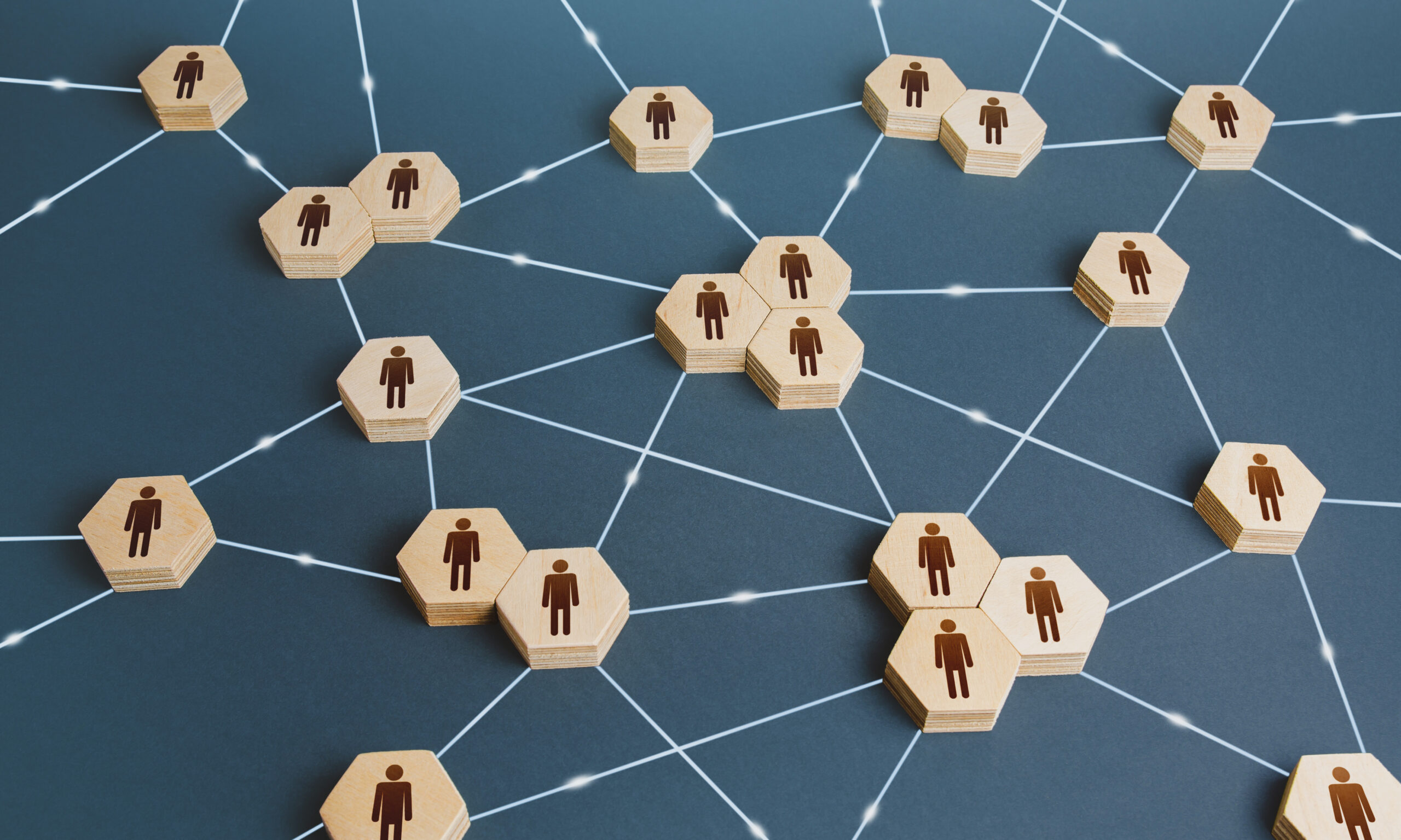In this new era of the internet, no one is untouched by social media and its alluring trends. The spread of these trends in almost every profile in the span of a day or two makes one wonder how it is possible. One might have seen a tweet spreading like a wildfire all across Twitter in just minutes.
This is not restricted to just Twitter but can also be seen on platforms like Instagram and Facebook. Of these two, Instagram with its short reel section is the most engaging platform. If you are a regular Instagram user you will understand this very easily. While scrolling through various reels on Instagram, you might have noticed a repetition of the songs used by users or the actions or dance moves they perform in their reels.
Behind these trends is nothing but a reinforced belief about a certain song or dance or any acts. The belief being that these actions are worth admiration and are necessary to imitate if you aspire to become a famous Instagram influencer.
These trends can easily be understood by a social network theory i.e Behavioral contagion, which is defined as:
“Behavioral contagion is the tendency for people to repeat behavior after others have performed it. People very often do what others do. Sometimes we choose to imitate others.”
Humans have been observed to imitate others’ behaviors such as voice tone, walking style, body language to make themselves fit in the trend. To make it more clear let’s look at the evolution of fashion and clothing in various countries. If one were to look closely at the pattern of evolution of clothing, one would observe that each era has a different set of clothing and one can clearly notice the unanimity in the sartorial choices of the population. These distinctions can be noticed in some other categories too, such as hairstyles and sometimes even in their manners.
And what might explain this tendency of humans to follow others’ cues to drive their own actions?
The answer lies in the complex human nature of imitating the things they see as perfect to avoid making any mistakes in their behavior. Many scientists believe that imitation also serves as a social function and can also be seen as a strong binding tool.
Obesity can spread from person to person, much like a virus, according to researchers. When one person gains weight, close friends tend to gain weight too.
Social contagion does occur in groups and at times it changes people’s moods and serves as effective information. Moreover, people are “walking mood inductors,” continuously influencing the moods and then the judgments and behaviors of others.

Well, but how is Behavioral Contagion useful?
Behavioral contagion can be observed in organizations too: when some organization members behave in problematic ways (e.g., stealing, tardiness, rudeness) that behavior can spread quickly to others. Yet good behaviors such as hard work, attention to detail, and friendliness, can spread quickly by observational methods too.
Even the information that finally cuts across to us on social media platforms before we hear it on news channels is because the spread of information follows similar principles, also known as information contagion.
The scale of the information contagion in our social networks can easily be understood by the usage of these social networking sites to call upon protests and mass rallies. The spread of information through these platforms has increased so drastically that governments of many countries are trying hard to censor these websites.
Although information contagion may seem restricted to social media, it can be used in workplaces too. The spread of information in a social network tells us about the structure of the network that exists in a particular place. This newfound network can be further used to channel crucial information. If it weren’t for this network it would have taken more time to spread, thus information contagion not only facilitates the flow of information but is also faster than any other means of communication which eventually increases the efficiency of the workplace.
Thus we know that the energy, be it positive or negative that exists in each network gives rise to any form of contagion. Having said that, without a high level of participation, this would not have been possible. Therefore we can say that contagion is best achieved by not just working with “central” i.e. key folks but also sensing through sentiment analysis if the tone is constructive and ensuring that there is a high level of network activity i.e. posts/responses/ etc – basically the volume of interactions and not just centrality. And such network patterns were observed by doing an organisational network analysis and how contagion effects have an impact on people’s moods, behaviors, engagement, and even their decision to leave or stay in the workplace!.

So well written!